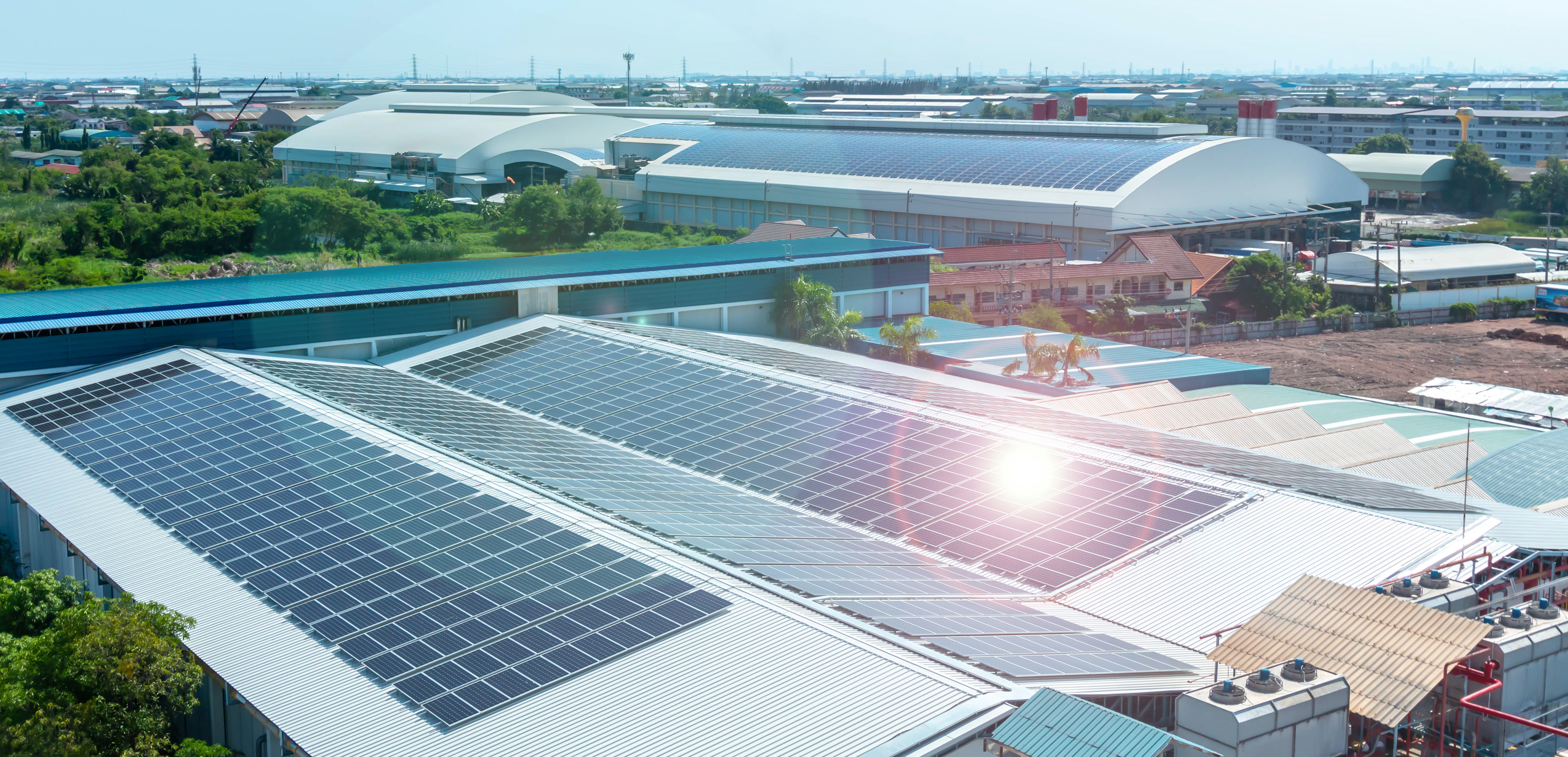The European Union has ambitions to make Europe the first climate neutral continent by 2050, with no net emissions of greenhouse gases. By 2030, there are aims to reduce greenhouse gases by at least 55 per cent compared to 1990 levels and to have zero emissions from new cars by 2035.
As well as reducing emissions, it’s believed that these changes will create jobs and growth, address energy poverty, reduce external energy dependency, improve health and wellbeing, tackle inequality and strengthen the competitiveness of European companies.
Protecting biodiversity
They could also present a major opportunity for European businesses by creating markets for clean technologies and products and ending unsustainable forest harvesting, while also protecting areas of high-biodiversity value and promoting the uptake of renewable fuels. A necessary part of this climate ambition is to protect the EU’s efforts to decarbonise, by disincentivising the import of goods from countries with more lax climate policies.
To achieve this aim, the EU is gearing up to introduce a new set of carbon taxes on imports which will be payable by all companies importing into the EU from this October.
The new tax regime, called the Carbon Border Adjustment Mechanism (CBAM) will favour companies that manufacture within the EU and raise costs for those manufacturing beyond its borders – eventually, it’s also likely that the further goods have to travel before they reach the EU, the more tax will be charged.
CBAM will hit anyone manufacturing in Asia or the US, for example, and will hand a commercial advantage to anyone manufacturing in Europe.
What do these changes mean for the UK?
Although the UK is no longer technically bound by EU legislation, there are suggestions that non-alignment with the EU’s climate objectives would be damaging for the UK’s environmental agenda and make it more difficult for UK businesses to sell into the EU market.
There are even suggestions the UK might go further, with the Department for Environment, Food and Rural Affairs saying the UK will “go beyond the EU’s level of ambition” on the environment, although under Rishi Sunak, the current UK government does not seem committed to its sustainability targets or goals.
Although the impact of CBAM is unlikely to be felt by the fitness and wellness industries on day one, it’s likely to impact things such as the price of fitness equipment and company governance as it rolls out between October 2023 and January 2026.






























































